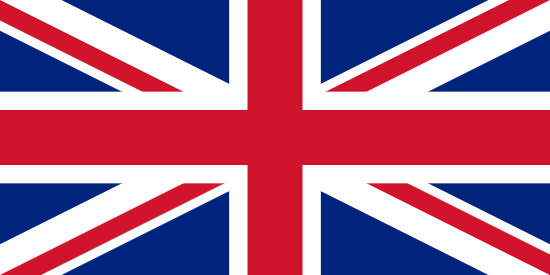Birgit Maier-Stein: A very short transition period
What is your take on the Brussels decision on legal maximum residue levels?
It will of course be respected, that's for sure. The decision is and continues to be based on preventive consumer protection. The EU commission had already announced a reduction in the usage and risk of chemical pesticides as part of the Green Deal at the end of last year. It was firmed up in the recently published Farm to Fork strategy and the goal of being halved by 2030 was set. As such, plant protection product contents are being put to the test. This ultimately affects maximum residue levels for food and feed products.
What does that mean for the industry?
The decision presents us with greater challenges. Although neither substance has been used in Germany for a long time, the permission to use them in plant protection products in the European Union as a whole only expired this spring, and using them is still completely legal everywhere else in the world. Because feed components are also procured internationally and the new maximum residue levels apply to European goods as well as to products brought into the EU, we have to keep a very close eye on this parameter. Close residue monitoring carried out by feed companies on plant-based raw material is especially helpful in this regard. Using analysis results from the QS database, we know which individual products have been contaminated with which substance. One thing must be noted: in the past, no results for chlorpyrifos or chlorpyrifos-methyl were above the previously applicable maximum residue levels. There are still some goods from previous harvests in circulation.
What risks do you envisage for the company?
The new maximum residue levels came into force with a very short transition period. They also apply to harvest products in previous years, which were grown when both substances were used completely legally in plant protection products in Europe, for example. We criticised this decision upfront because the goods were procured under different legal provisions. Furthermore, it is not possible to rule out contamination as a result of cross-contamination and fumes in storage facilities.
What are the consequences of that?
We advised feed companies very early on to incorporate provisions on chlorpyrifos and chlorpyrifos-methyl into procurement contracts. Information from suppliers along the chain is very important, especially when products are coming from outside the EU and are being produced under different legal conditions for production. In addition, we will be using so-called processing factors to evaluate potential residues in processed feeds, as stipulated in the European pesticide regulation. A processing factor indicates the ratio of a residue in the processed product to that in the corresponding unprocessed produce. This is always important if the level of plant protection product residues changes when raw goods are prepared or processed. Processing factors can be found in the databases of the German Federal Institute for Risk Assessment (BfR) and the European Food Safety Authority, and we are also able to refer to factors for individual industries.
What is the current status?
The regulation to change the maximum residue levels for chlorpyrifos and chlorpyrifos-methyl was published in the Official Journal of the European Union at the end of July. After a very short transition period of three months, i.e. since 13 November 2020, the new maximum levels now apply to all unprocessed food and feed products.


